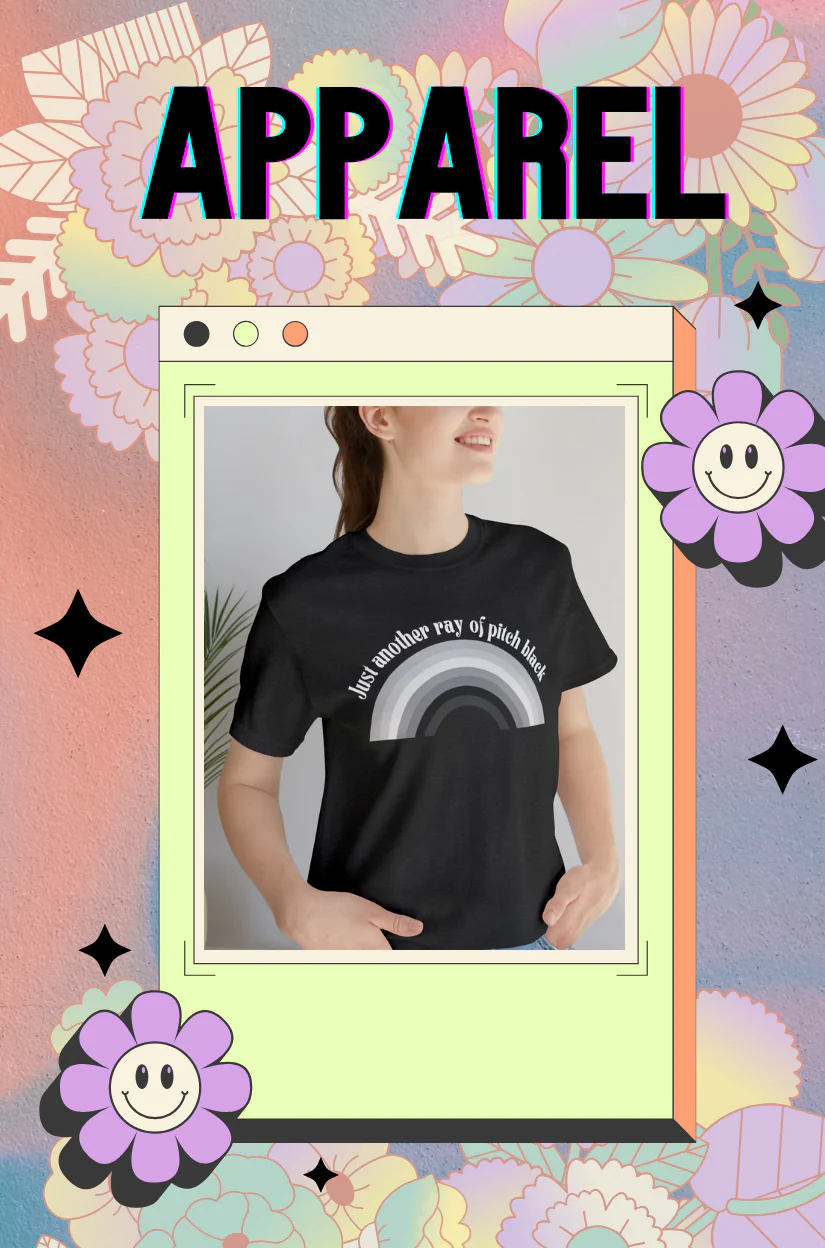
Many articles (and e-books, and e-courses) out there advocate “dominating” social media. But if you’re managing your personal brand or looking for a job or promotion, do you really need to be on every social media platform? How often? And how do you separate business from personal?
What’s more important – getting 10,000 likes or getting 100 of the right people to interact with you? No judgments. It just depends on whether you’re trying to get industry leaders to pay you $5,000 for a speech, recruiters to offer you the next plum position, or just not to be embarrassed when it turns out an interviewer has been poking around your profiles.
Know Your Goals
Before diving into any social media strategy, clarify what you want to achieve:
- Building authority in your field
- Landing new clients or job opportunities
- Connecting with peers and mentors
- Showcasing your portfolio or case studies
- Getting hired
Your goals will determine not just where you post, but what you post and how you engage.
Focus on Quality Over Quantity
The truth is, you don’t need to be everywhere. In fact, trying to maintain a presence on every platform will likely dilute your efforts and burn you out. Instead, consider where your target audience spends their time. Are the decision-makers in your industry active on LinkedIn? Are potential clients browsing Instagram or TikTok? Choose 2-3 platforms where you can make meaningful connections.
The exception to that is probably if your public persona is inappropriate for the jobs or opportunities you’re seeking. You can set your personal Instagram to private, but if your previous LinkedIn posts are all about a completely different industry, it makes sense to post a flurry of content so your first impression is on-topic.
The 80/20 Rule of Social Media Influence
Apply the Pareto principle to your social media efforts: 80% of your results will come from 20% of your activities. Identify the content types and engagement strategies that yield the best returns and double down on those.
Rather than chasing vanity metrics like follower counts, focus on meaningful interactions. A thoughtful comment exchange with an industry leader can be worth more than thousands of likes from random people and bots.
In real terms, this can take the form of leaving a comment or question under some important person’s post – then if they engage, sliding into their DMs.
If you’re trying to get hired, think about Google-ability – what comes up when someone searches you? You may need to get busy simply creating innocuous but intelligent posts that push down anything else you wouldn’t want employers to see.
Creating a Content Strategy That Works
Consistency beats frequency. It’s better to post thoughtful, valuable content once a week than to share daily updates that add little value. Consider creating:
- Thought leadership pieces that showcase your expertise
- Behind-the-scenes glimpses into your process
- Case studies highlighting successful projects
- Curated industry insights with your added perspective
If you’re a job seeker rather than an entrepreneur, you don’t necessarily need to be producing original content about your field. Reposting a relevant article to LinkedIn with a comment or question, and responding to similar posts from others, could be enough. Everybody needs a job for the money, yes, but employers like to think that you have some interest in the field aside from that. If you’re unemployed and still online talking about architecture or inbound logistics, it shows you have initiative and an intellectual interest in the field.
Establishing Boundaries Between Personal and Professional
You don’t need to share your entire life to build a professional presence. Consider:
- Using different platforms for different purposes (e.g., LinkedIn for professional content, private Instagram for personal)
- Creating content themes that align with your professional goals
- Setting clear parameters about what you will and won’t share
Remember that authenticity doesn’t require complete transparency.
Find a few accounts of people you admire professionally. What do they post about? Are they talking about their feelings? Arguing about politics? Complaining about their day? Posting thoughtful takes relevant to their industry, with occasional congratulatory posts about their spouse and kids?
Measuring What Matters
If you’re not trying to be an influencer, you don’t need tens of thousands of followers. In fact, that might be kind of weird. Think of some way to measure success that makes sense for your goals:
- Get at least one industry leader per week to acknowledge you in some way (keeping making thoughtful comments until you at least get a like or reply!)
- Inquiries from potential clients
- Invitations to speak or collaborate
- Perhaps ultimately, ongoing interactions that lead to job interviews (if you’re looking for a local position, make sure to target local leaders in your industry!)
A Final Test
Ask a friend or relative – especially someone of a different generation – to pretend they’re a busy executive who doesn’t know you, and for them to poke around on social media for five minutes and see what impression they come away with.
Did they begin on a totally different platform than you expected? (Like, you ask your grandad, and he begins his search on … Facebook?) Did they find something you should probably delete? Do they understand what it is you do?
Take that little report to heart and keep posting in the direction you want to go.






